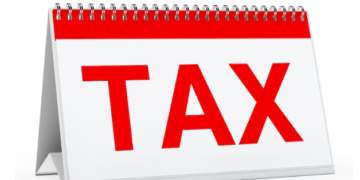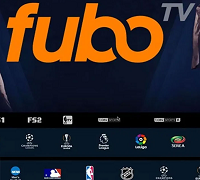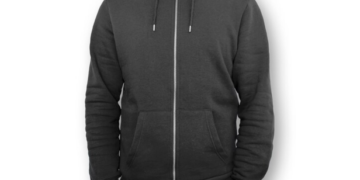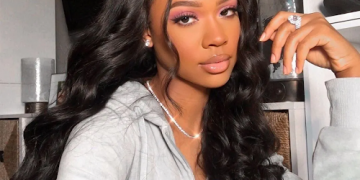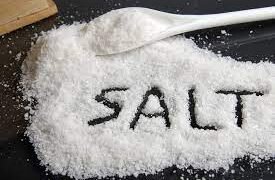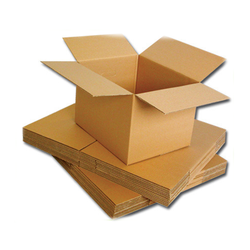In today’s competitive market, standing out is essential for any business. One of the most effective ways to capture attention and leave a lasting impression is through impeccable brand packaging. Your packaging isn’t just a vessel for your product—it’s a powerful marketing tool that communicates your brand’s identity, values, and quality. In this guide, we’ll delve into the art of brand packaging and explore how you can elevate your product presentation to wow your customers and boost your brand’s success.
Understanding the Power of Brand Packaging
What is Brand Packaging?
Brand packaging encompasses the design, materials, and functionality of the packaging that houses your products. It’s not just about wrapping your items in a pretty box; it’s about creating a cohesive visual identity that resonates with your target audience.
The Role of Brand Packaging
- First Impressions: Your packaging is often the first point of contact between your brand and potential customers. A well-designed package can immediately grab attention and pique curiosity.
- Brand Identity: Packaging serves as a tangible representation of your brand’s personality and values. It should reflect your brand’s story and create a memorable experience for consumers.
- Differentiation: In a crowded marketplace, distinctive packaging sets your products apart from competitors. It helps consumers recognize and remember your brand amidst a sea of options.
- Perceived Value: High-quality, thoughtfully designed packaging conveys a sense of premium quality and value. It can influence consumers’ perceptions of your products and justify higher price points.
- Consumer Experience: Packaging affects the overall user experience—from ease of opening to storage convenience. A positive experience enhances customer satisfaction and encourages repeat purchases.
Key Elements of Effective Brand Packaging
1. Visual Design
Your packaging design should be visually appealing and aligned with your brand’s aesthetics. Consider elements such as color, typography, imagery, and logo placement to create a cohesive and eye-catching look.
2. Brand Storytelling
Use your packaging to tell a compelling story about your brand’s heritage, mission, or product journey. Incorporate storytelling elements through graphics, copywriting, or interactive features to engage consumers on an emotional level.
3. Functionality
While aesthetics are important, practicality shouldn’t be overlooked. Ensure that your packaging is functional and user-friendly, with features like easy-open seals, secure closures, and eco-friendly materials.
4. Sustainability
With increasing environmental awareness, eco-friendly packaging has become a major trend. Opt for recyclable, biodegradable, or reusable materials to reduce your carbon footprint and appeal to eco-conscious consumers.
5. Consistency
Maintain consistency across your product range to strengthen brand recognition and coherence. Use consistent design elements, color schemes, and branding elements to create a cohesive brand identity.
Case Study: PackFancy’s Packaging Makeover
As an example of effective brand packaging, let’s take a look at PackFancy, a fictional company specializing in gourmet snacks. PackFancy recently underwent a packaging makeover to revitalize its brand image and appeal to a wider audience.
The Challenge
PackFancy’s previous packaging lacked visual impact and failed to convey the brand’s premium positioning. With competitors launching sleeker, more modern packaging designs, PackFancy risked being overshadowed in the marketplace.
The Solution
PackFancy collaborated with a team of packaging designers and branding experts to create a new packaging concept that would elevate its product presentation. Here’s how they tackled the challenge:
- Visual Refresh: The designers introduced vibrant colors, bold typography, and playful illustrations to inject personality into PackFancy’s packaging. The eye-catching design instantly grabbed attention on store shelves.
- Storytelling Elements: The packaging featured stories about the brand’s commitment to sourcing the finest ingredients and supporting local farmers. These narratives added depth and authenticity to the brand experience.
- Functional Improvements: PackFancy upgraded its packaging with resealable zip locks and tear-away sections for easy snacking on the go. These practical features enhanced user convenience and product freshness.
- Sustainability Focus: In response to consumer demand for eco-friendly packaging, PackFancy transitioned to compostable materials made from renewable resources. This move reinforced the brand’s commitment to sustainability.
The Results
The rebranded packaging revitalized PackFancy’s image and sparked renewed interest from consumers. Sales surged, and the brand gained recognition for its innovative approach to packaging design and sustainability.
Conclusion
Brand packaging is a powerful tool for captivating consumers, conveying brand identity, and driving sales. By investing in thoughtful design, storytelling, functionality, sustainability, and consistency, you can elevate your product presentation and leave a lasting impression on your target audience. Remember, your packaging isn’t just a container—it’s a canvas for creativity and a reflection of your brand’s values. So, dare to be bold, tell your story, and watch your brand flourish in the marketplace.








